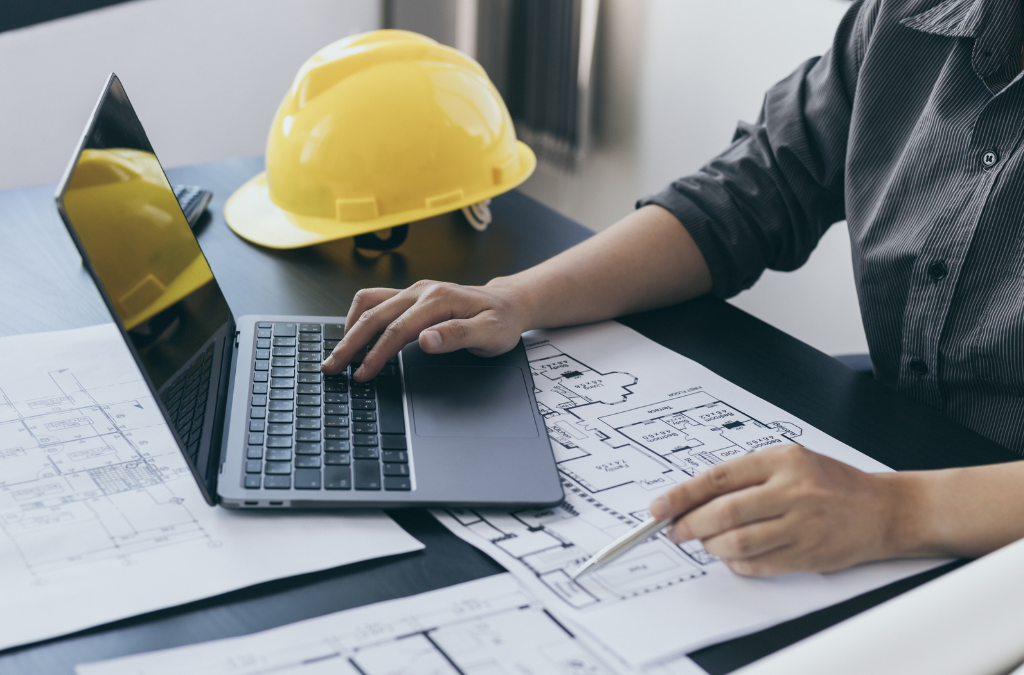Innovative Architect

-
Table of Contents
- Innovative Architect: Redefining Space and Structure
- The Evolution of Architectural Innovation
- Technological Advancements
- Sustainable Practices
- Case Studies of Innovative Architecture
- The Edge, Amsterdam
- Marina Bay Sands, Singapore
- One Central Park, Sydney
- The Future of Architecture
- Urbanization and Smart Cities
- Resilient Architecture
- Conclusion
Innovative Architect: Redefining Space and Structure
Architecture has always been a reflection of human ingenuity and creativity. As societies evolve, so do the spaces they inhabit. The role of the architect is not just to design buildings but to create environments that enhance the quality of life. This article explores how innovative architects are redefining space and structure, pushing the boundaries of what is possible.
The Evolution of Architectural Innovation
Throughout history, architecture has undergone significant transformations. From the grandeur of ancient pyramids to the sleek lines of modern skyscrapers, each era has brought its own unique contributions. Today, architects are leveraging advanced technologies and sustainable practices to create structures that are not only aesthetically pleasing but also environmentally responsible.
Technological Advancements
Modern architecture is heavily influenced by technological advancements. The use of computer-aided design (CAD) software allows architects to create intricate designs with precision. Building Information Modeling (BIM) further enhances the design process by providing a comprehensive digital representation of the physical and functional characteristics of a building.
- 3D Printing: This technology enables the creation of complex architectural models and even full-scale building components.
- Virtual Reality (VR): VR allows architects and clients to experience a building before it is constructed, facilitating better design decisions.
- Smart Materials: Innovations in materials science have led to the development of self-healing concrete, energy-efficient glass, and other smart materials that improve building performance.
Sustainable Practices
Sustainability is a key focus in contemporary architecture. Architects are increasingly incorporating eco-friendly practices to minimize the environmental impact of their designs. This includes the use of renewable energy sources, green roofs, and sustainable building materials.
- Passive Design: Techniques such as natural ventilation, solar orientation, and thermal mass are used to reduce energy consumption.
- Green Building Certifications: Programs like LEED and BREEAM provide frameworks for designing and constructing sustainable buildings.
- Water Conservation: Innovative water management systems, including rainwater harvesting and greywater recycling, are becoming standard features in modern buildings.
Case Studies of Innovative Architecture
Several architectural projects around the world exemplify the innovative approaches being taken to redefine space and structure. These case studies highlight the diverse ways in which architects are pushing the envelope.
The Edge, Amsterdam
The Edge in Amsterdam is often cited as one of the most sustainable office buildings in the world. Designed by PLP Architecture, the building features a range of cutting-edge technologies, including a smart lighting system that uses sensors to adjust lighting based on occupancy and natural light levels. The building also incorporates solar panels, rainwater harvesting, and a highly efficient HVAC system.
Marina Bay Sands, Singapore
Designed by Moshe Safdie, Marina Bay Sands is an iconic example of innovative architecture. The structure features three 55-story towers connected by a sky park that offers panoramic views of Singapore. The design incorporates advanced engineering techniques to support the sky park, which includes a 150-meter infinity pool, gardens, and a jogging path.
One Central Park, Sydney
One Central Park in Sydney, designed by Jean Nouvel, is a striking example of green architecture. The building features vertical gardens that cover the façade, providing natural insulation and improving air quality. The design also includes a heliostat system that reflects sunlight into the building’s lower levels, reducing the need for artificial lighting.
The Future of Architecture
The future of architecture promises to be even more exciting as new technologies and materials continue to emerge. Architects will play a pivotal role in addressing global challenges such as urbanization, climate change, and resource scarcity.
Urbanization and Smart Cities
As urban populations grow, the need for efficient and sustainable urban planning becomes more pressing. Smart cities, which leverage technology to improve urban living, are becoming increasingly popular. Architects are at the forefront of designing these cities, incorporating smart infrastructure, energy-efficient buildings, and green spaces.
- IoT Integration: The Internet of Things (IoT) enables the creation of interconnected urban environments where buildings, transportation systems, and public services communicate seamlessly.
- Mixed-Use Developments: Combining residential, commercial, and recreational spaces in a single development reduces the need for long commutes and promotes a sense of community.
- Public Transportation: Efficient public transportation systems are integral to smart cities, reducing traffic congestion and lowering carbon emissions.
Resilient Architecture
Resilience is becoming a key consideration in architectural design. Buildings must be able to withstand natural disasters, climate change, and other unforeseen events. Architects are developing innovative solutions to create resilient structures that protect occupants and minimize damage.
- Seismic Design: Advanced engineering techniques are used to design buildings that can withstand earthquakes.
- Flood-Resistant Structures: Elevated foundations, flood barriers, and water-resistant materials are used to protect buildings in flood-prone areas.
- Adaptive Reuse: Repurposing existing buildings for new uses reduces the environmental impact of construction and preserves cultural heritage.
Conclusion
Innovative architects are redefining space and structure by embracing new technologies, sustainable practices, and creative design solutions. Their work not only enhances the built environment but also addresses pressing global challenges. As we look to the future, the role of the architect will continue to evolve, shaping the spaces we live, work, and play in for generations to come.